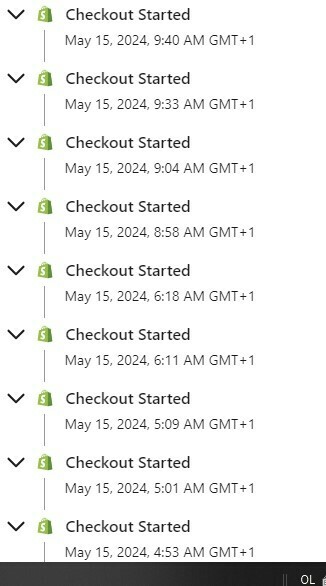It seems a bot is filling out my sign-up form and then randomly placing orders for various items in my shop, as shown in the image below.
Has anyone else encountered this issue? If so, how did you stop it?

 +1
+1It seems a bot is filling out my sign-up form and then randomly placing orders for various items in my shop, as shown in the image below.
Has anyone else encountered this issue? If so, how did you stop it?

Best answer by bluesnapper
Hi
It’s also worth mentioning “John Smith” checkouts. These are initiated by a Google bot, though it may use other names. A typical email address is johnsmith001@... etc. and I’ve seen the domain as @storebotmail.joonix.net as well as @gmail.com
Google uses this bot to ensure that prices reflected on the product page are consistent with any ads, feeds, and during checkout.
Regards
Andy
Enter your E-mail address. We'll send you an e-mail with instructions to reset your password.